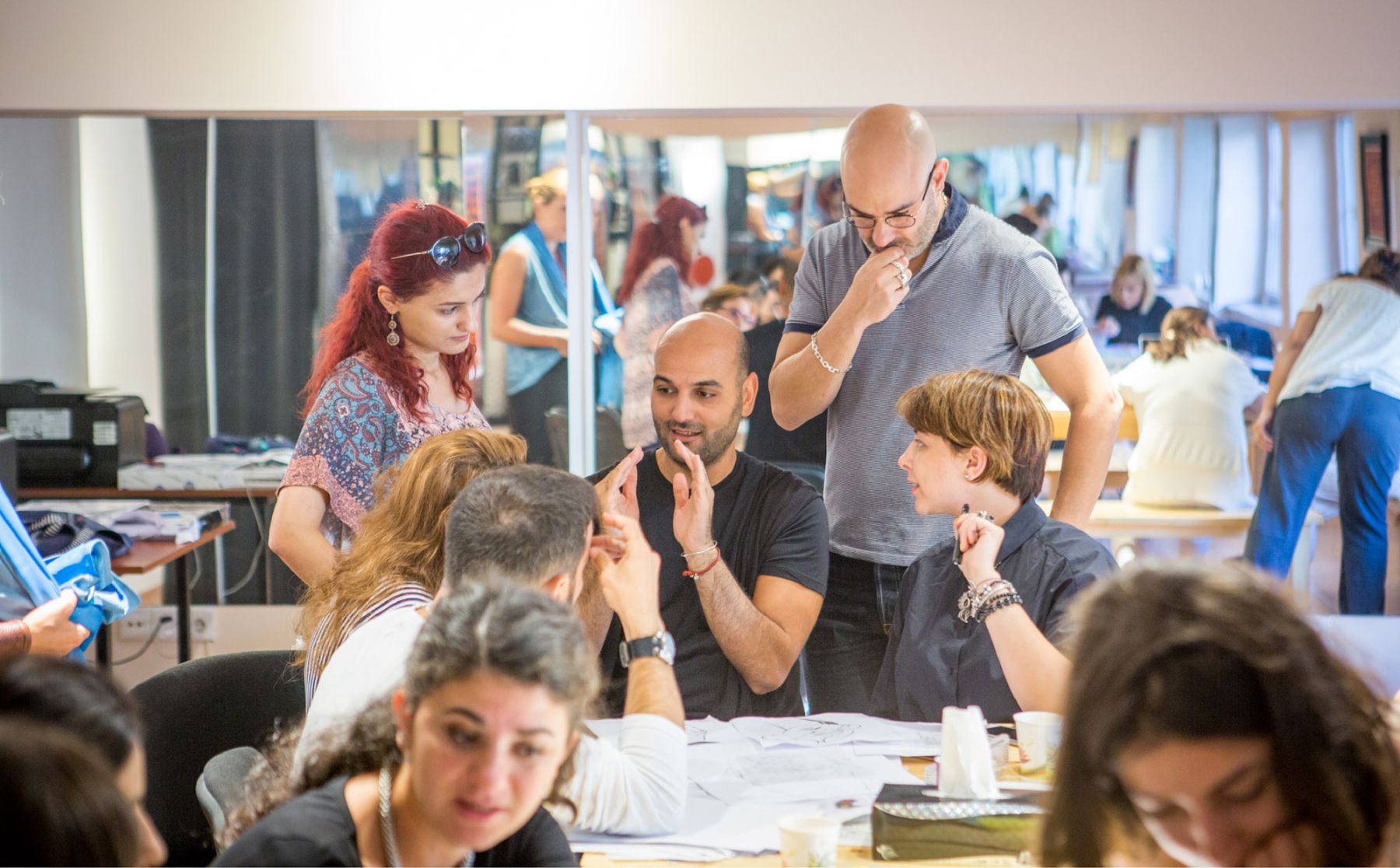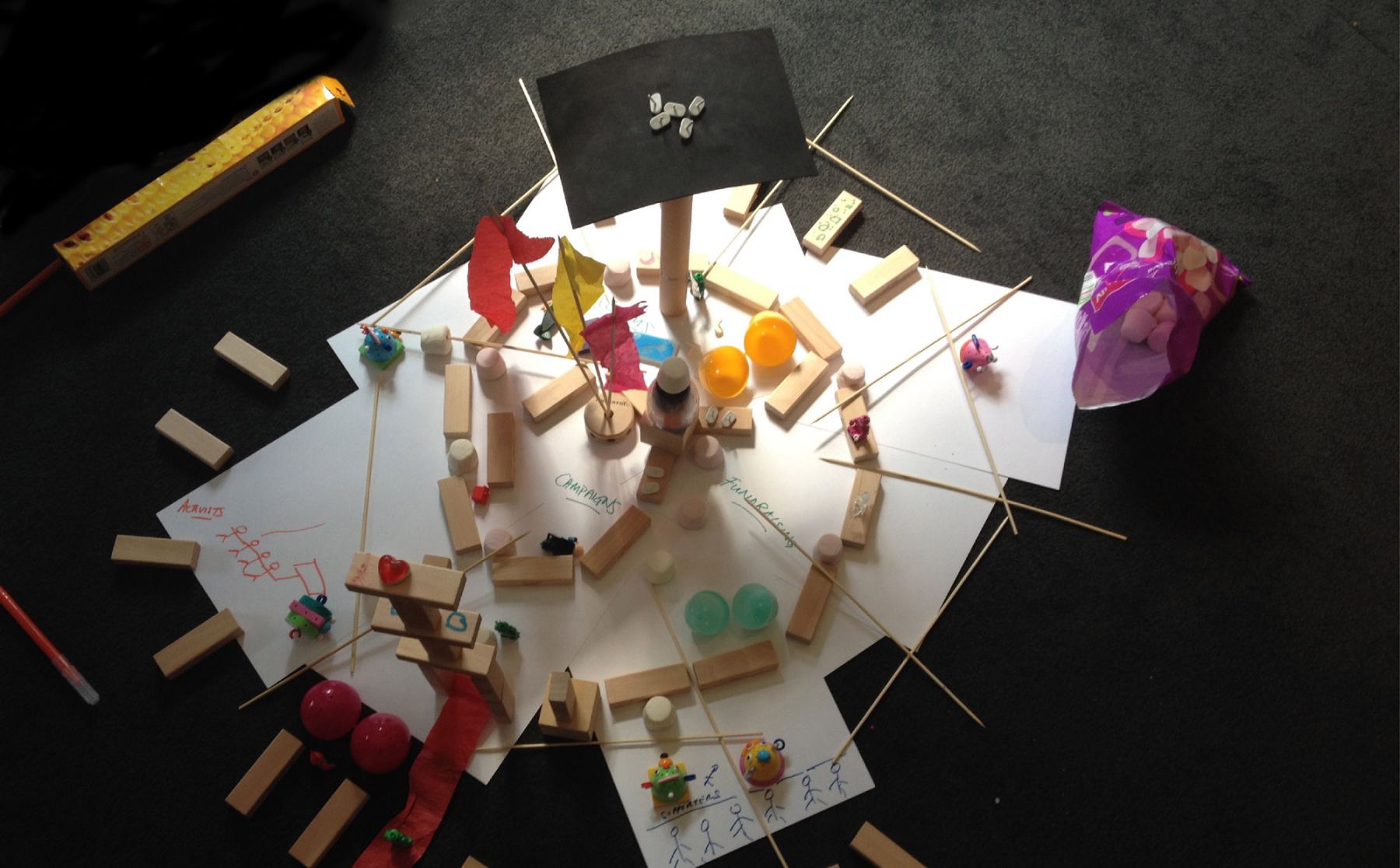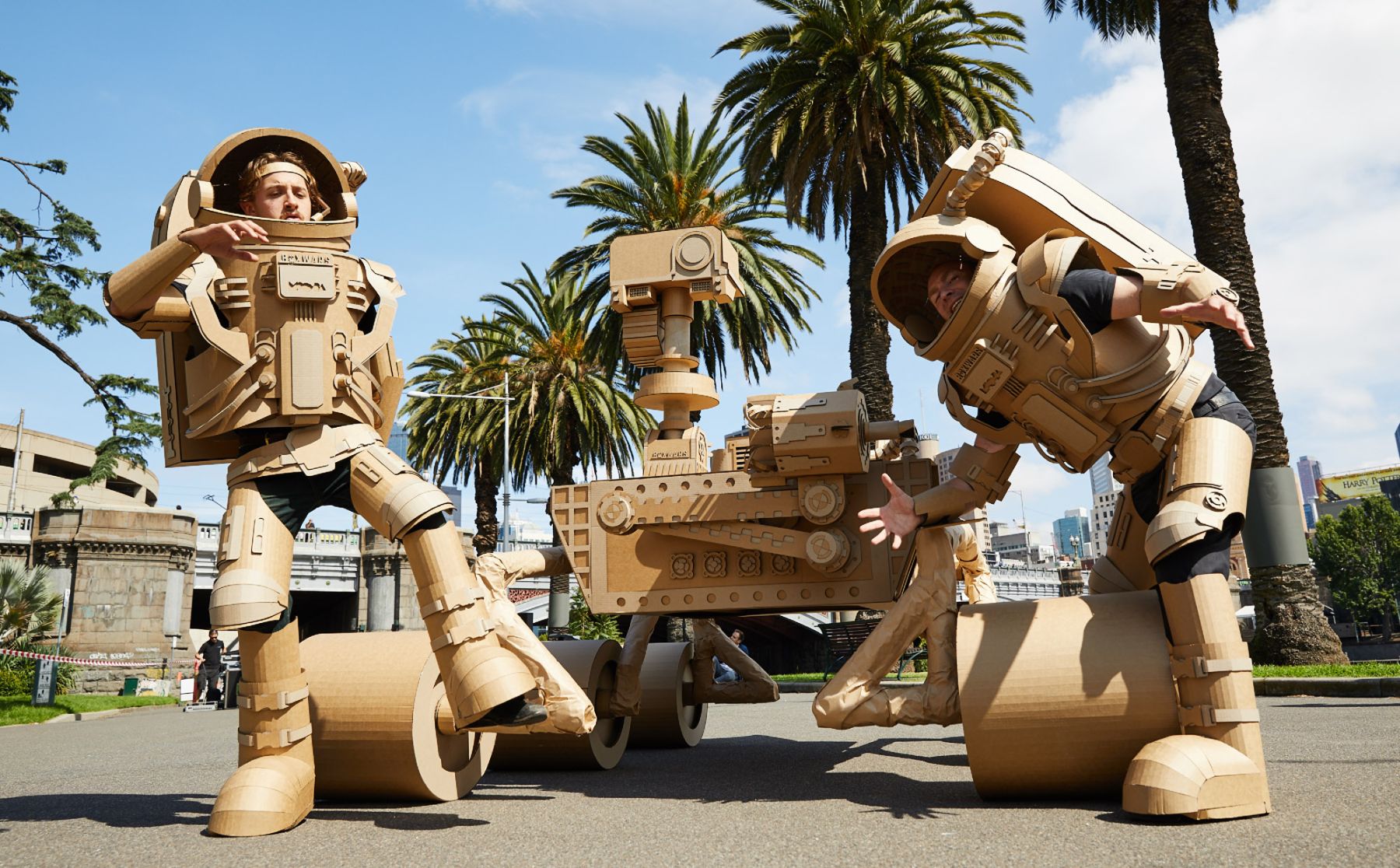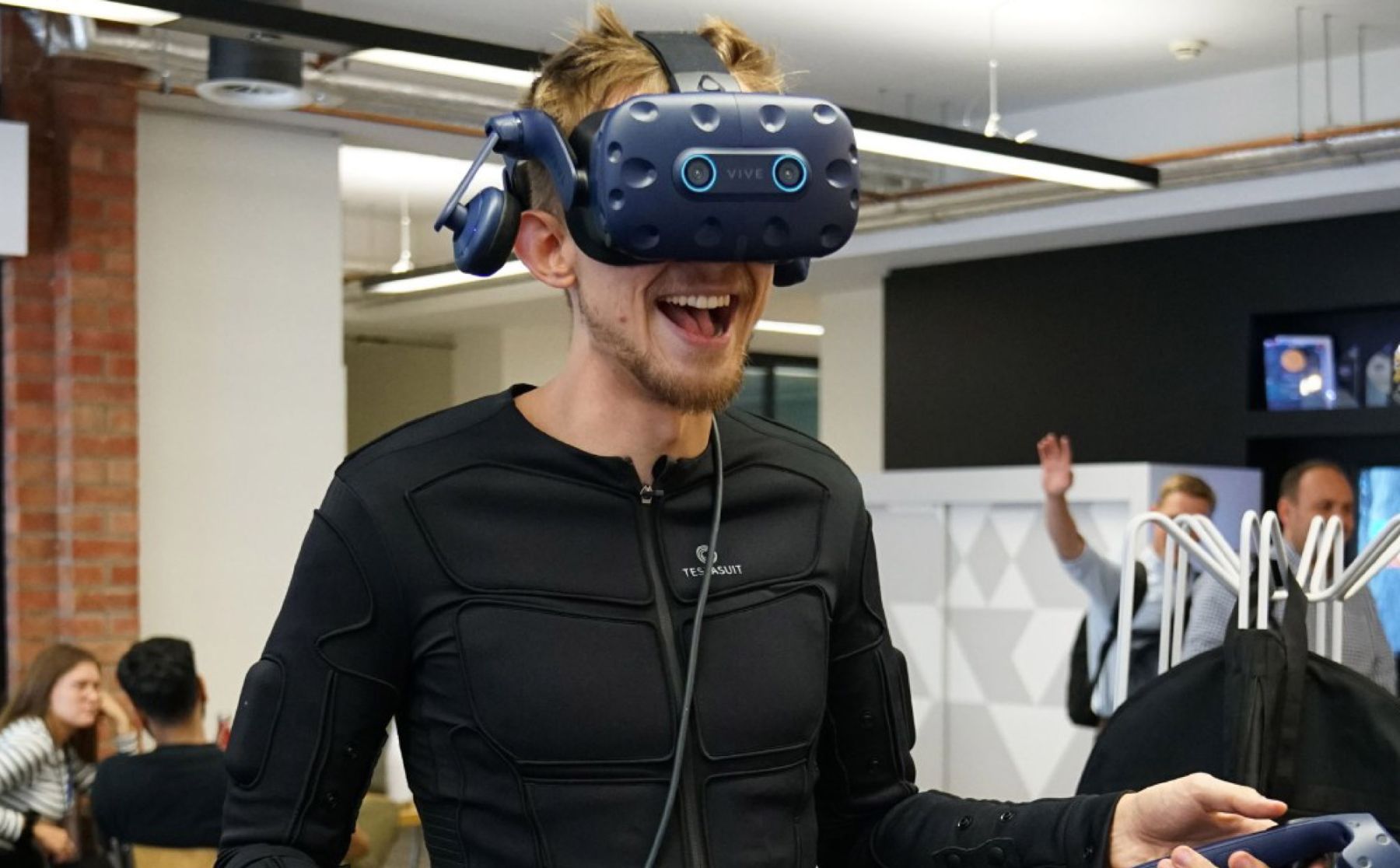How to bring creativity into your business
As much as creativity consultants have been extolling the value of creativity in business, the concept of introducing creativity into traditional non-creative sectors is not without detractors. Ted Levitt, a former editor of the Harvard Business Review argues in that publication that “advocates have generally failed to distinguish between the relatively easy process of being creative in the abstract and the infinitely more difficult process of being innovationist in the concrete.”
The biggest problem is, he says, that the people who come up with ideas think their job ends once ideas have been created. “They believe that it is up to somebody else to work out the dirty details and then implement the proposals.”
Highlighting the difference between creativity and innovation, he says: “What is often lacking is not creativity in the idea-creating sense but innovation in the action-producing sense, i.e., putting ideas to work.
“Ideation and innovation are not synonyms,” Levitt explains. “The former deals with the generation of ideas; the latter, with their implementation.”
That said, proponents of this approach point to the purpose of creative thinking in the business environment. “Creativity can help us build the future we’re trying to reach,” says Robert Frith, Creative Director of the King Abdulaziz Center for World Culture (Ithra) and curator of the Center’s annual creativity and innovation festival Tanween.
This year’s event was held under the theme “The New Next – Creativity is the Way Forward,” and highlighted building on what is considered cutting edge today to prepare for the future. “We need creativity to find solutions to future challenges,” Frith says.
“Innovation is essential to not only survive but to thrive in the 21st century.”
The good news is that we’re all creative, even if we think we’re not. So says Duncan Wardle, Former Head of Innovation & Creativity at Disney and Founder of iD8 & Innov8. Speaking at Tanween, he says: “We were all born creative, we’ve just had our creativity squashed out of us.” To illustrate, he asks you to remember your childhood, when you’d spend more time playing with the box a toy came in than the toy itself. Later, at school we are told to color within the lines. These structural boundaries follow us into adulthood, when we’re taught to stop asking “why” because there’s only one answer.
Recapturing that creative mindset makes business sense, says the man who has worked with Imagineering, Lucasfilm, Marvel, Pixar and Disney Parks to create innovative new experiences for consumers young and old. Disneyland was born out of a desire to make going to the movies a multisensory experience; Uber imagined every car as a taxi; and Facebook was intended so friends could hang out at any time. The best example, though, must be Netflix proposing to Blockbuster a move away from the limitations of the film rental experience, being turned down five times, and then putting them out of business five years later.
The easiest way to incorporate creativity into decision-making is to replace negativity with open-mindedness, he says. “Instead of responding ‘no, because’ to suggestions, go with ‘yes, and?’”
This process will lead you to thinking bigger and consider things you would have rejected offhand, Wardle explains.
He highlights a lack of time to think as one of the main barriers to creativity. “Give yourself and your team time to think. In English there is a very common phrase, ‘There is no time like the present.’ I prefer to say: ‘There is no present like the time!’”
A powerful motivation to reverse that process, is that creativity – alongside imagination, curiosity and intuition – will be one of the most employable skillsets going forward, as it can’t be programmed into AI yet.
In the business environment, Wardle says changing the demographics around the boardroom table is a powerful way to combat groupthink and encourage creative solutions. He’s also a fan of including “naïve experts” – people who can ask the silly questions and throw out the audacious idea that sparks something new.
One way of nurturing creativity, says Mahmoud Abdelrahman, Head of HUED and one of the Arab world’s top experts on service design, is to change your perspective. “Your sweetest dream and your worst nightmare are one and the same. The only difference is that you see yourself as the hero in one and as the victim in the other.”
In conversation with Wardle at Tanween 2020, Abdelrahman implores business executives to go beyond the unnecessary and to imagine the impossible.
For their book The Innovator’s DNA: Mastering the Five Skills of Disruptive Innovators, authors Jeff Dyer and Hal Gregersen worked with innovation guru Clayton M. Christensen to conduct extensive interviews with more than 5,000 inventors, game-changing innovators and executives, from Apple’s Steve Jobs and Amazon’s Jeff Bezos to eBay’s Pierre Omidyar and P&G’s A.G. Lafley. They maintain you could be as innovative and impactful as the most creative people in business – if you adopt the five behaviors that comprise the building blocks of the “Innovator’s DNA,” as summarized by Linda Naiman, founder of Creativity Work:
- Associating: drawing connections between questions, problems, or ideas from unrelated fields.
- Questioning: posing queries that challenge common wisdom.
- Observing: scrutinizing the behavior of customers, suppliers, and competitors to identify new ways of doing things.
- Networking: meeting people with different ideas and perspectives.
- Experimenting: constructing interactive experiences and provoking unorthodox responses to see what insights emerge.
Wardle says creativity is “the ability to have an idea – we can all do it.” He then emphasizes taking action as the next step. “Innovation is the ability to get it done.” One way to achieve that, he says, is to switch to a collaborative mindset in the ideation process, and have the team take ownership thereof.
And if it doesn’t work, move on. As Joel Falconer, editor, content marketer, product manager and writer, explains on Lifehack.org, which calls itself the University of Life: “Treat creativity like an enemy in a strategy game; if one thing isn’t working, don’t keep trying until you give up. Try a new strategy. Run through the whole list, not just the first tip.”








